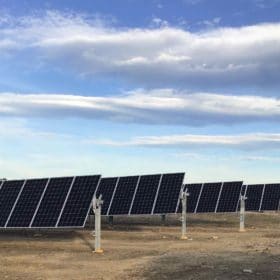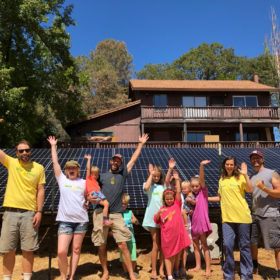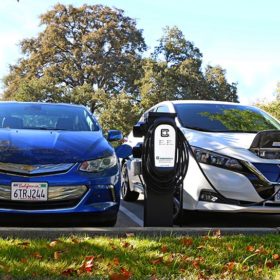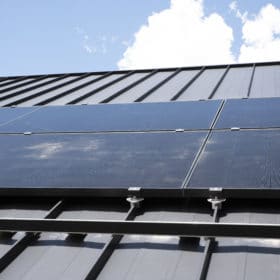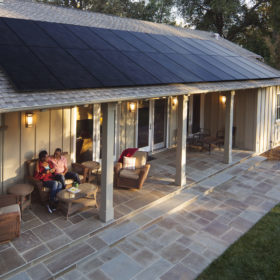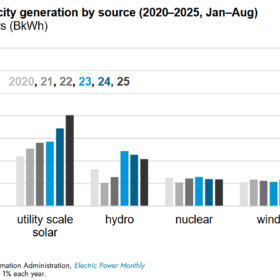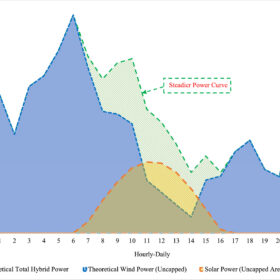Community choice solar programs save New Yorkers $7 million in seven months
Joule’s programs have helped to bring access to clean energy and bill savings to 800,000 New Yorkers in 44 municipalities across the state.
EnergyBin and Good Sun team up to give solar modules a second life in underserved communities
Under the partnership, EnergyBin will use its exclusive member network to pull together solar equipment, monetary donations, and other resources, while Good Sun uses that equipment to bring solar to underserved communities.
50 states of solar incentives: Maine
In this series, pv magazine will be exploring incentives and programs available to both installers and customers of all sizes looking to go solar state-by-state, across the country.
Sunrise brief: Utilities appeal FERC denial to leave TVA–decision goes to courts
Also on the rise: LONGi modules detained under Hoshine WRO released. IBC solar cells shows efficiency potential of over 29%. SPI to begin manufacturing in former Sunergy plant. Is accelerated interconnection possible? Build Back Better now or later.
Standardization turns EV potential to reality
Mass adoption of electric vehicles presents boundless opportunities for these vehicles to support our grid and power our homes. Developing and adopting standards for this emergent technology is needed to accelerate the path to these opportunities.
Utilities appeal FERC denial to leave TVA
The decision will now go to the courts, where subsequent decisions and appeals could drag this matter on far into the foreseeable future.
ROTH: 100MW of modules detained under Hoshine WRO released
Shipping containers storing roughly 100MW of LONGi solar modules have been released, reports ROTH Capital Partners in an industry note, while Trina has had the vast majority of its detained product released, if not all of it entirely.
Crossing EV barriers with microgrids and managed charging
As EV adoption booms, deploying charging infrastructure that can support electric fleets remains a considerable barrier, so SEPA has developed a report outlining how fleet microgrids and managed charging can streamline deployment of charging infrastructure, while lowering energy costs, reducing carbon emissions, and improving the charging experience.
The relationship of PV and metal roofs: Mounting system installation
In the final entry of the three-part whitepaper series, S-5! and the Metal Construction Association take a look at the critical technical factors for solar PV systems specific to mounting on metal roofs and illustrates how long-term performance of roof-mounted solar PV systems can only be achieved through careful planning, design, procurement, installation and quality control.
CommonBond enters the solar finance market, looking to help installers grow their business
Within the new venture, the company hopes to be able to lowers costs for both installers and homeowners, and promises increased sales velocity for installers.
